No one knows how many were made, originals are hard to tell from fakes, only seven are known to remain and it also created the first allegations of cheating in the Bathurst-Phillip Island 500 car race. The Morris Sports 850 is an enigma today for car fans.
It appears that it was not an official BMC car, rather it was a go-fast kit that could be added by a few dealers or bought over the counter for the home mechanic to spec up his standard 850. But the kit came with BMC's blessing.
Apart from badging, special triangular bonnet and boot stickers and a chrome grille and exhaust tip the real improvements were under the bonnet. The big trick was twin carburettors that combined with a changed manifold, free-flow exhaust and a new muffler to enable the engine to breathe better than the standard model.
So much better that a magazine road test in 1962 showed the car achieved a 0-100mph time an incredible nine seconds better than a standard car and the maximum speed went up seven miles per hour (11km/h).
There were no changes to the suspension or braking, it was all about increasing engine performance and looking sporty. Top speed from the little 848cc engine was just under 80mph (128km/h), a frightening thought today considering the small brakes, lack of any of today's safety features and the condition of the roads back then.
The AMSA magazine report concludes: "This is the first time that any Australian company has produced a low priced modified car for the enthusiast whose family responsibilities prevent him from buying a sports car. We feel he will be duly grateful and, with that 790 pricetag in mind, definitely interested."
One man who is definitely interested today is Sydney mini fan Robert Diamante who owns one of the rare Sports 850s. He says he first saw one at a car show 17 years ago and had been interested in buying one since.
All that changed three years ago when he heard about a car for sale on a farm at Forbes. "We found the car sitting under a tree. It hadn't been registered since 1981."
"When I saw the badge I said this has to be mine. I paid $300 for it. It needed a bit of work. It was banged in the back. Their sons had been using it as a paddock basher."
Diamante says he stripped the car down and spent about 12 months carefully rebuilding the rare little machine. He says the farmer from Forbes, who died several years ago, was the original owner of the car. He had worked for the Sydney BMC dealer P and R Williams who sold and fitted the kits and bought the car from them.
In fact he bought two. Diamante says the first one purchased in 1962 was later stolen and he replaced it with the identical late-1963 model car that Diamante now owns.
This car has twin exhaust pipes which he says is unusual. That also indicates that the 850 Sports kits were not totally standard. Options and features put on the cars since the kit's inception in 1962 (or 1961 depending on who you talk to), have varied.
The car's racing history is just as interesting. Neil Johannnesen is a name forgotten in the annals of Bathurst-Phillip Island 500 history yet he was the first to race a Mini in the event.
He brought an 850 with twin carburettors to the 1961 event. But when the officials accused him of cheating he produced a telegram from BMC claiming the modification was legal.
The car was ordered off the grid and his team had to replace them with a standard carburettor from a spectator's Mini. When a rock later smashed his windscreen he took a replacement off the same Mini and continued.
The officials protested that move as well and he was disqualified, only to be reinstated in last place. But the speed Johannesen's 850 Sports had shown did not go unnoticed. People began to consider the little Mini as a force in racing.
Five 850 Sports models competed the following year and just five years after Johannesen's controversial debut Minis swept to the first nine positions outright at Bathurst in 1966.
The little bricks have become legendary and Diamante loves driving his, with just 42,000 miles (67,500km) on the clock. He says: "It drives so smoothly. It's no rocket ship but it goes alright."





.jpg)
.jpg)



.jpg)
.jpg)
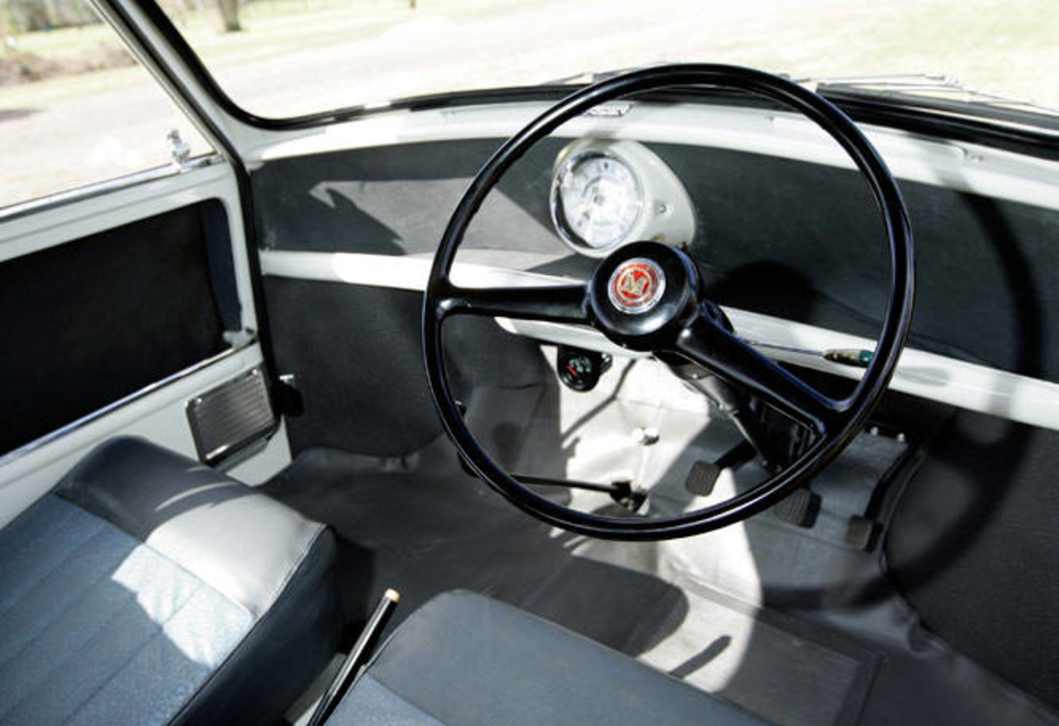
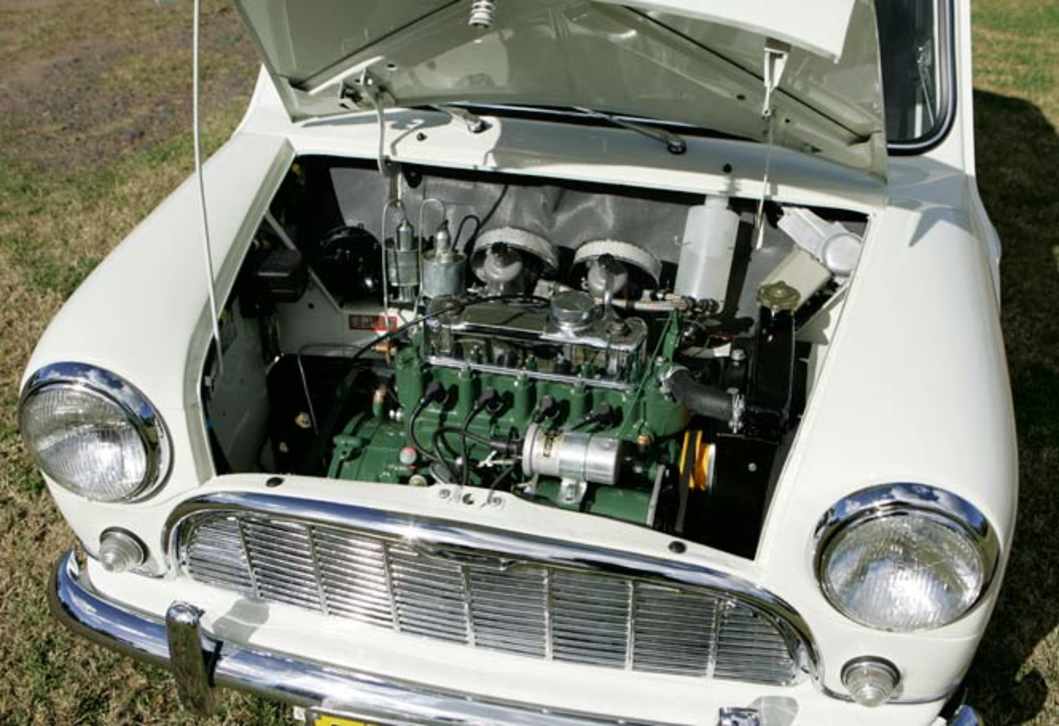
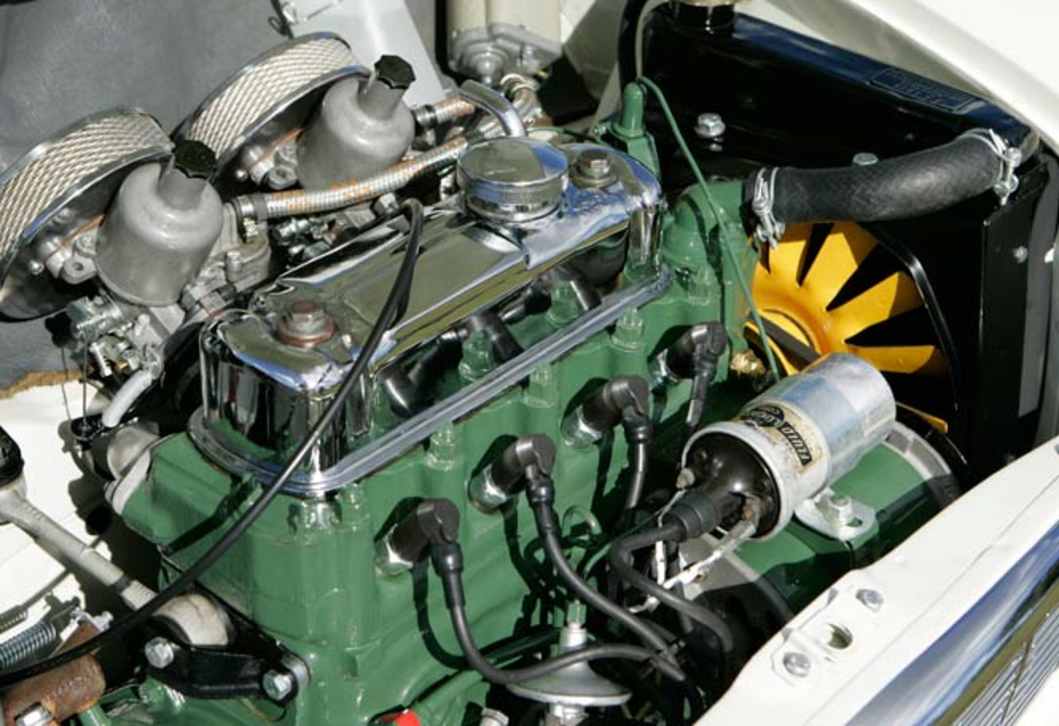


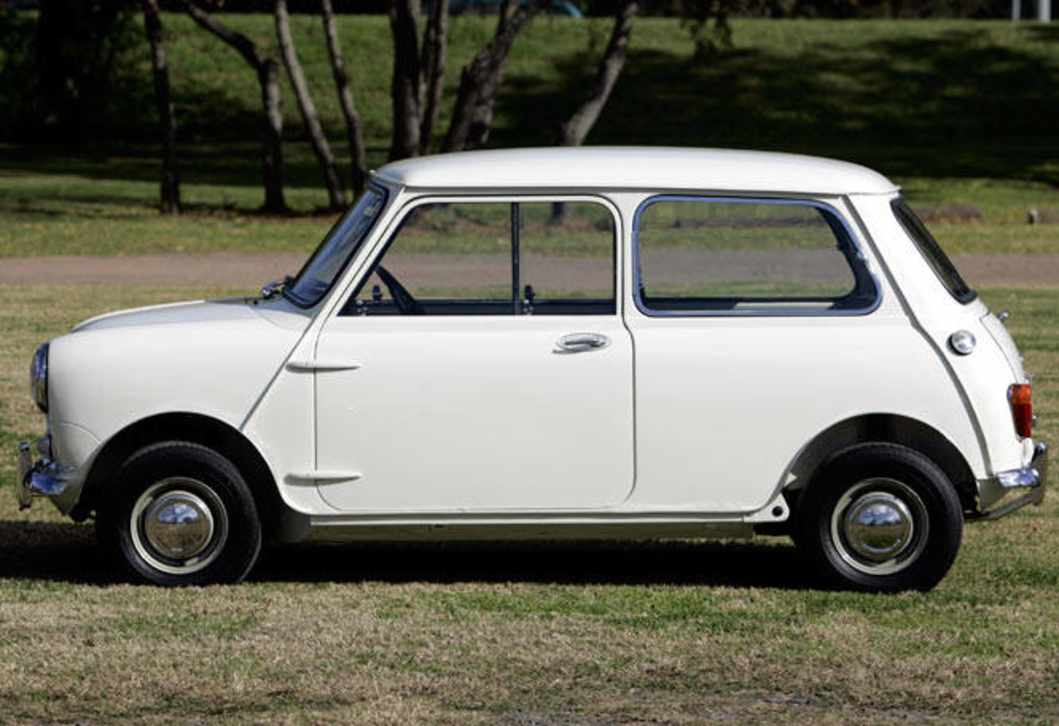

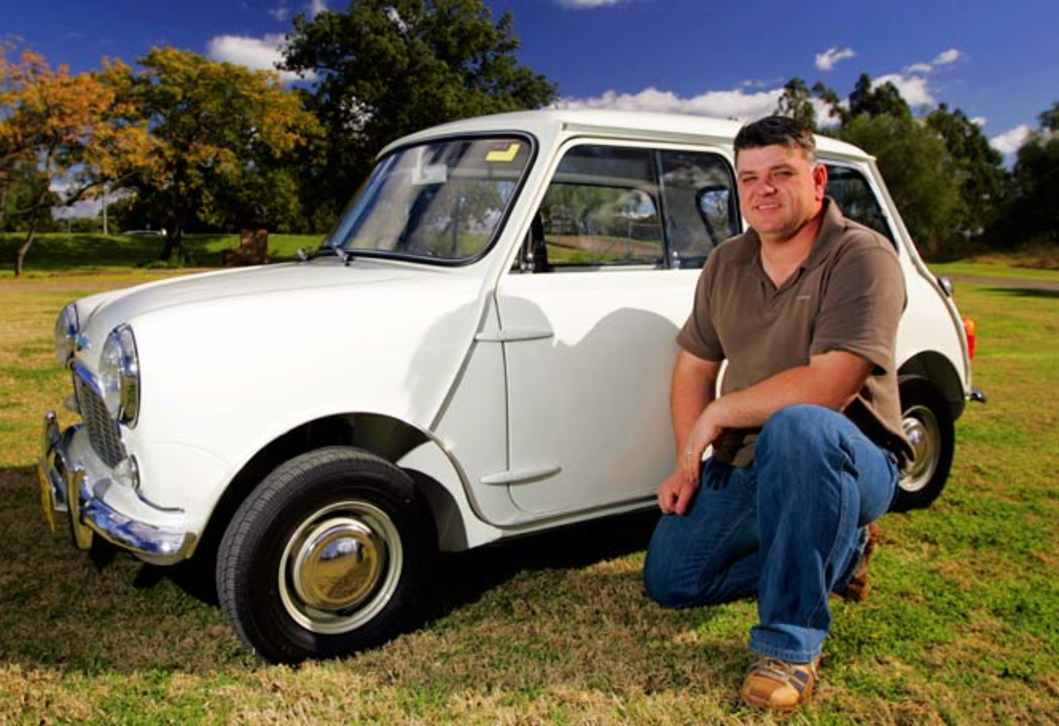
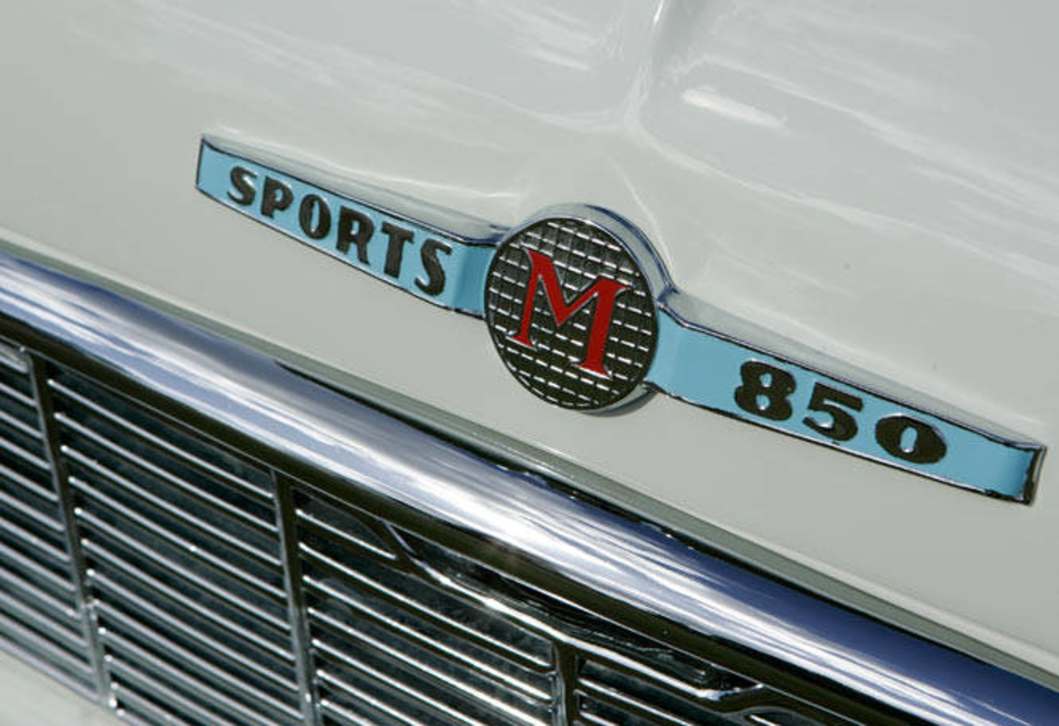

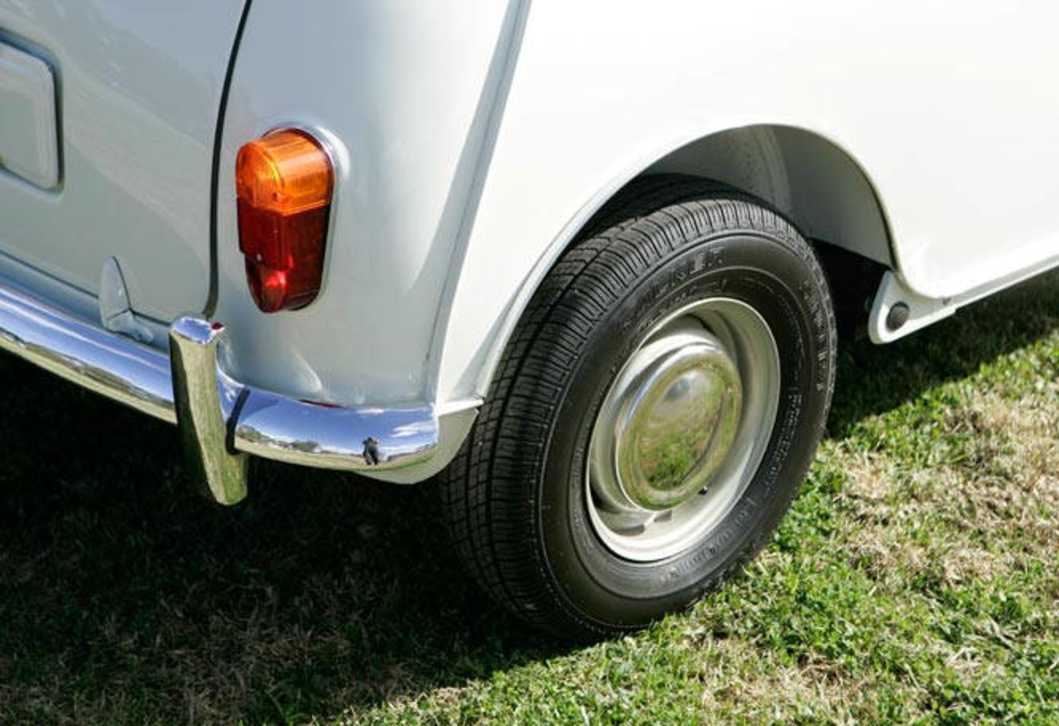














.jpg)


.jpg)
.jpg)
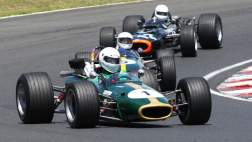
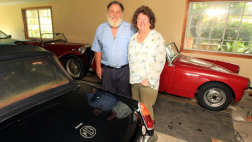




Comments